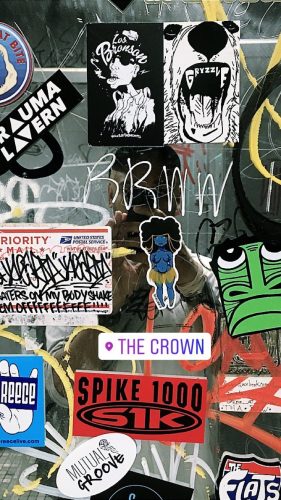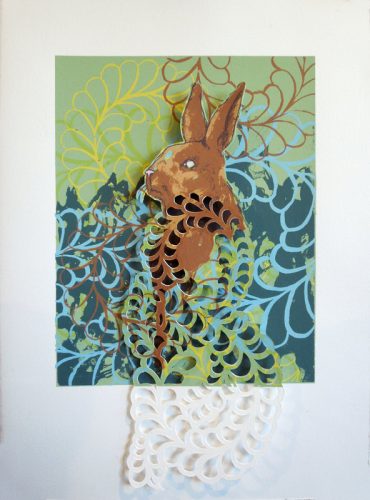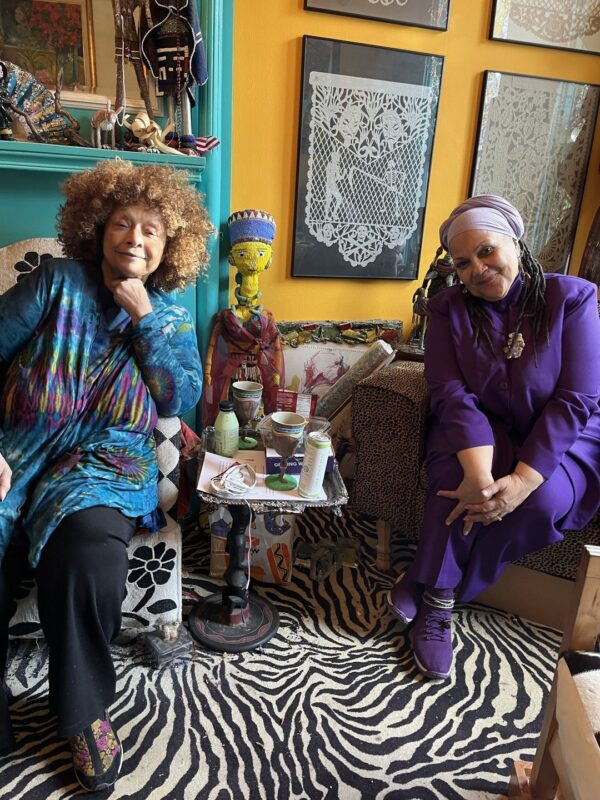About a hundred people stood masked and sweaty, yet energized, at the August 12 evening rally outside of the Walters Art Museum. “We wouldn’t be out here if we didn’t have a really good reason,” said Elizabeth Norman in a rally speech. Norman is an organizing committee member of Walters Workers United, which wants to create a wall-to-wall union for the museum’s operational staff. “And that reason is because the workers at the Walters right now are overworked, understaffed, and we are ready for a change.”
Museum workers want Walters leadership to recognize their union voluntarily, or at least meet with representatives to “proceed with a fair and inclusive process for union recognition,” according to a WWU press release. In a July 29 letter to WWU, museum director Julia Marciari-Alexander denied a meeting request, writing, “We feel a meeting is unnecessary at this time given that positions have not changed since we received the first letter from Walters Workers United (WWU) several months ago.”
In April, workers announced their intent to unionize with the American Federation of State, County and Municipal Employees Council 67 as part of the Cultural Workers United campaign. They’re aiming to form a wall-to-wall union to negotiate pay equity, better communication and transparency, advancement opportunities, and safe work conditions for all union-eligible employees in all departments.
At the Thursday event, current and former Walters employees joined AFSCME organizers, community supporters, and members from the Baltimore Teachers Union and the IBEW Local 24 in solidarity. Walters museum educators, maintenance workers, security officers, and visitor services staff spoke to the crowd, as did AFSCME representatives Glen Middleton and Mike Sukal, Baltimore city councilmember Ryan Dorsey, and Maryland State Sen. Cory McCray.












